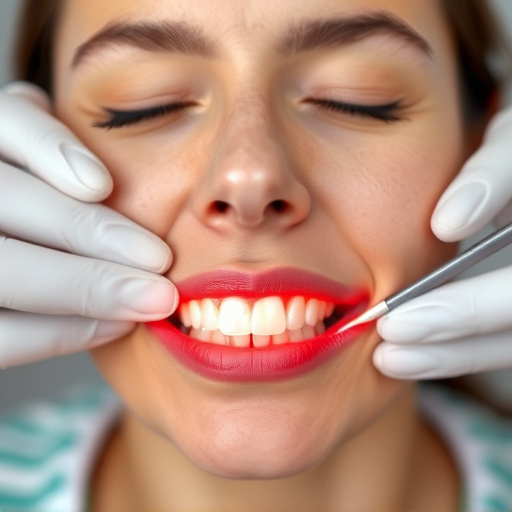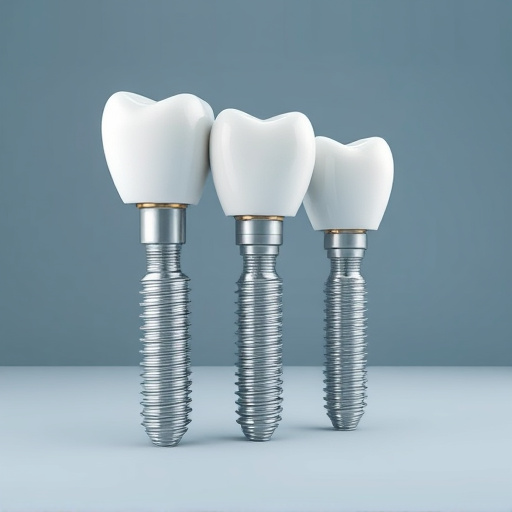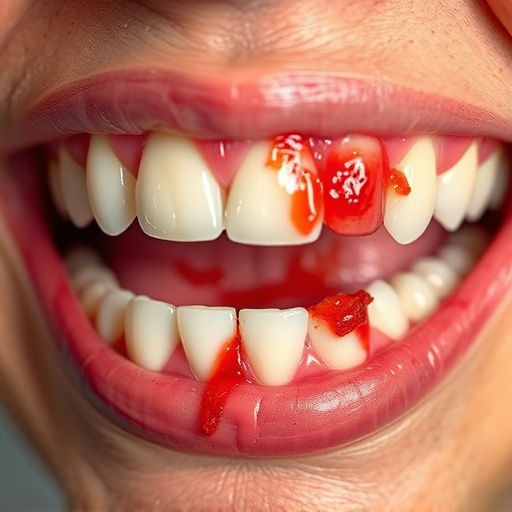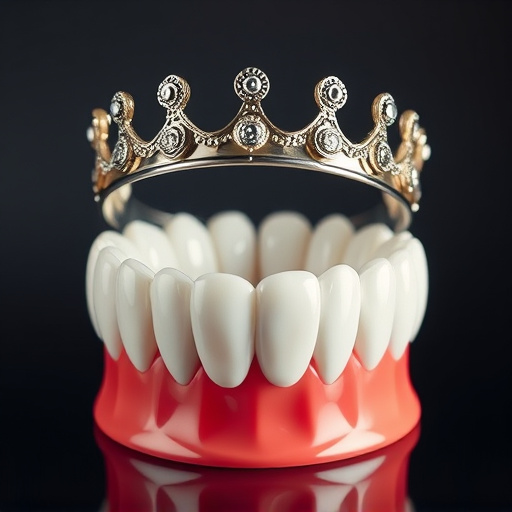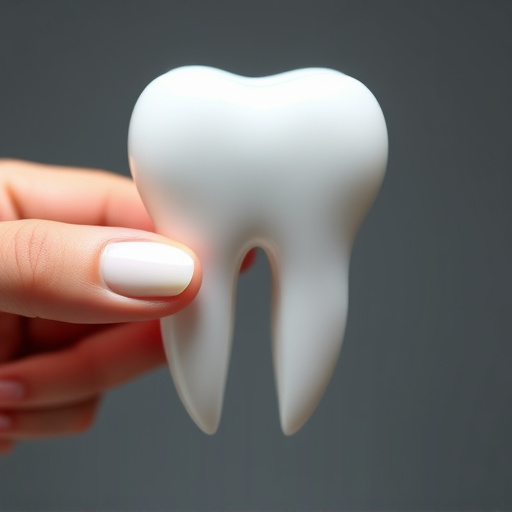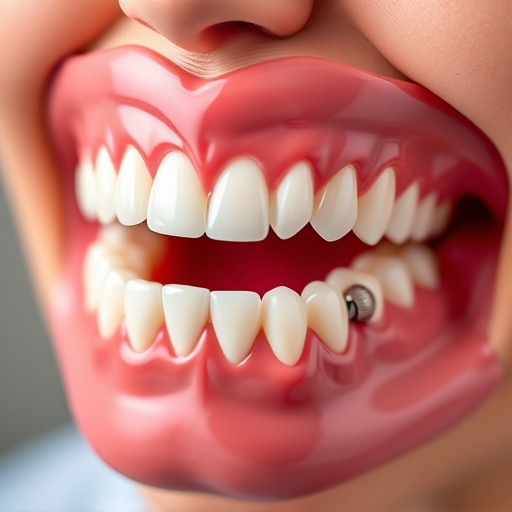Dental restoration services encompass a wide range of procedures designed to revive oral health and enhance smile aesthetics. From cosmetic fillings to complex crown placements, these services address damage from decay, accidents, or genetic conditions. Crowns, in particular, offer long-term durability by sealing teeth and preventing further harm. Preventive dentistry, including regular check-ups, is vital for maintaining optimal oral health. By combining restorative techniques with preventive care, dental professionals ensure patients achieve both improved aesthetics and confidence in their smile, using materials like composite resins, ceramics, and porcelain veneers to cater to diverse needs and preferences.
Dental restoration services play a pivotal role in enhancing both smile aesthetics and oral health. This comprehensive overview delves into the transformative power of these services, exploring their impact on restoring functionality and revitalizing your smile. From understanding various dental restoration options to selecting the right materials and procedures, this guide equips you with essential knowledge. Discover how modern dental restorations not only address functional issues but also contribute to a more confident, attractive, and healthy oral ecosystem.
- Understanding Dental Restoration Services: A Comprehensive Overview
- The Impact of Dental Restorations on Smile Esthetics and Functionality
- Choosing the Right Dental Restoration: Materials, Procedures, and Benefits
Understanding Dental Restoration Services: A Comprehensive Overview

Dental restoration services encompass a range of procedures designed to revive and enhance oral health while improving the aesthetic appeal of your smile. These services are crucial for repairing damaged teeth, replacing missing ones, or restoring decayed areas, thereby promoting overall dental wellness. The scope of dental restoration includes various techniques, from simple cosmetic fillings to complex crown placement.
Cosmetic fillings, a common procedure within general dentistry, involve the use of materials like composite resin to repair chipped or decayed teeth. This non-invasive method not only restores function but also maintains the natural look of your smile. Dental fillings are versatile solutions, offering both functionality and aesthetic benefits. In addition to fillings, general dentistry professionals can provide more advanced restorations, such as dental crowns, bridges, or implants, catering to different patient needs and preferences.
The Impact of Dental Restorations on Smile Esthetics and Functionality

Dental restoration services play a pivotal role in transforming smiles and restoring oral health, addressing both aesthetic and functional concerns. When teeth are damaged due to decay, accidents, or genetic conditions, dental crowns emerge as a versatile solution. These custom-made caps not only cover the remaining tooth structure but also mimic the natural appearance of teeth, enhancing smile esthetics. By effectively sealing the tooth, dental crowns prevent further damage and promote long-term durability, ensuring the restored tooth functions like any other in the mouth.
Beyond individual tooth restoration, preventive dentistry practices, including regular check-ups and cleanings, are integral to maintaining optimal oral health. Even in children’s dentistry, where primary teeth eventually give way to permanent ones, establishing good hygiene habits early on sets a foundation for lifelong healthy smiles. By combining advanced restorative techniques with diligent preventive care, dental professionals ensure that patients enjoy not only an improved aesthetic but also the confidence and comfort that come from knowing their oral health is in top condition.
Choosing the Right Dental Restoration: Materials, Procedures, and Benefits

Choosing the right dental restoration involves understanding various materials, procedures, and their benefits. Modern dental restoration services offer a range of options, from traditional amalgams to advanced composite resins and ceramics. Each material has its unique properties, affecting durability, aesthetics, and biocompatibility. For example, composite resins are known for their natural look and ability to bond strongly with tooth enamel, making them ideal for chips and minor cracks. In contrast, porcelain veneers provide a long-lasting, flawless appearance but require more preparation than other methods.
Procedures differ based on the extent of damage or loss. Simple fillings replace small areas of decay, while inlays and onlays are suitable for larger cavities. For more extensive restorations, crowns encapsulate the entire tooth, providing strength and a natural look. Implants, a form of restorative dentistry, offer a permanent solution by replacing missing roots and allowing for customized crowns. Choosing the right restoration involves a consultation with your dentist, who will consider factors like your oral health, budget, and aesthetic preferences to recommend the best course of action, ensuring both improved smile and optimal oral health.
Dental restoration services play a pivotal role in enhancing both smile aesthetics and oral health. By understanding the various procedures, materials, and benefits outlined in this article, individuals can make informed decisions about their dental care. Whether it’s through porcelain veneers, crowns, or implants, these services offer long-lasting solutions that not only restore confidence but also preserve oral functionality for years to come. Investing in dental restoration services is an investment in one’s overall well-being and quality of life.





